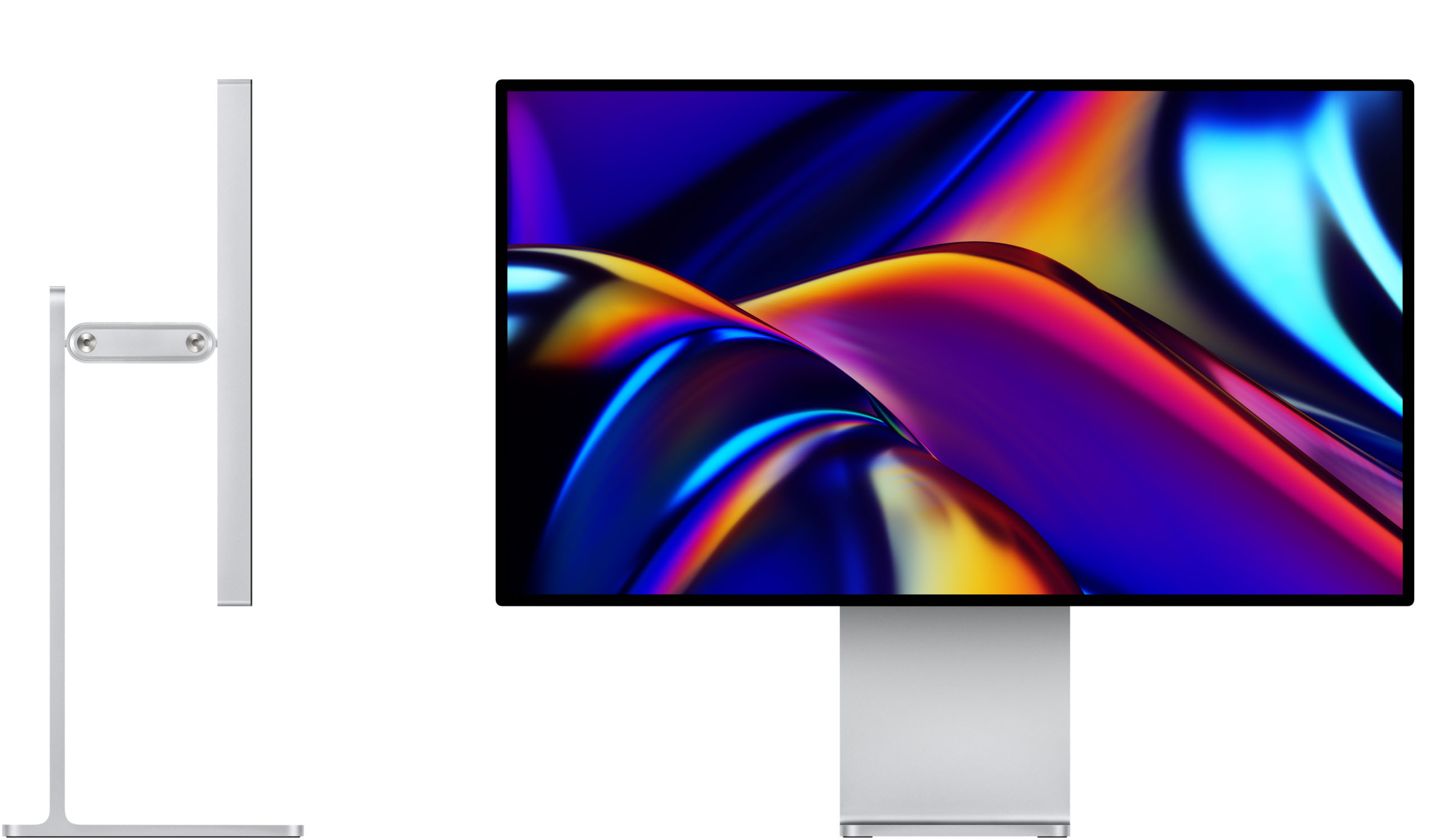
Source: Apple
Apple unveiled the next generation of their displays on Monday at the WWDC 2019 Keynote, and from the looks of it, it’s pretty incredible! So, below is everything you need to know about the beautiful, yet cheese-graterish, new Pro Display XDR from Apple.
Hardware and Technical Specifications
The Pro Display XDR is the world’s first 32-inch Retina 6K display ever. The display is super bright and quite powerful which allows the display brightness to get unto 1600 nits. A nit is the light emitted from one candle, so this display offers the average candle times by 1600. For comparison, the MacBook Pros offer 1000 nit displays. Alongside that, there is a 1,000,000:1 contrast ration (which is HUGE) and there are over one billion colours represented in this display. The Retina display’s Pixel Per Inch (PPI) is 218, which is well above the average 5K screen, which normally comes in at around 150 PPI.
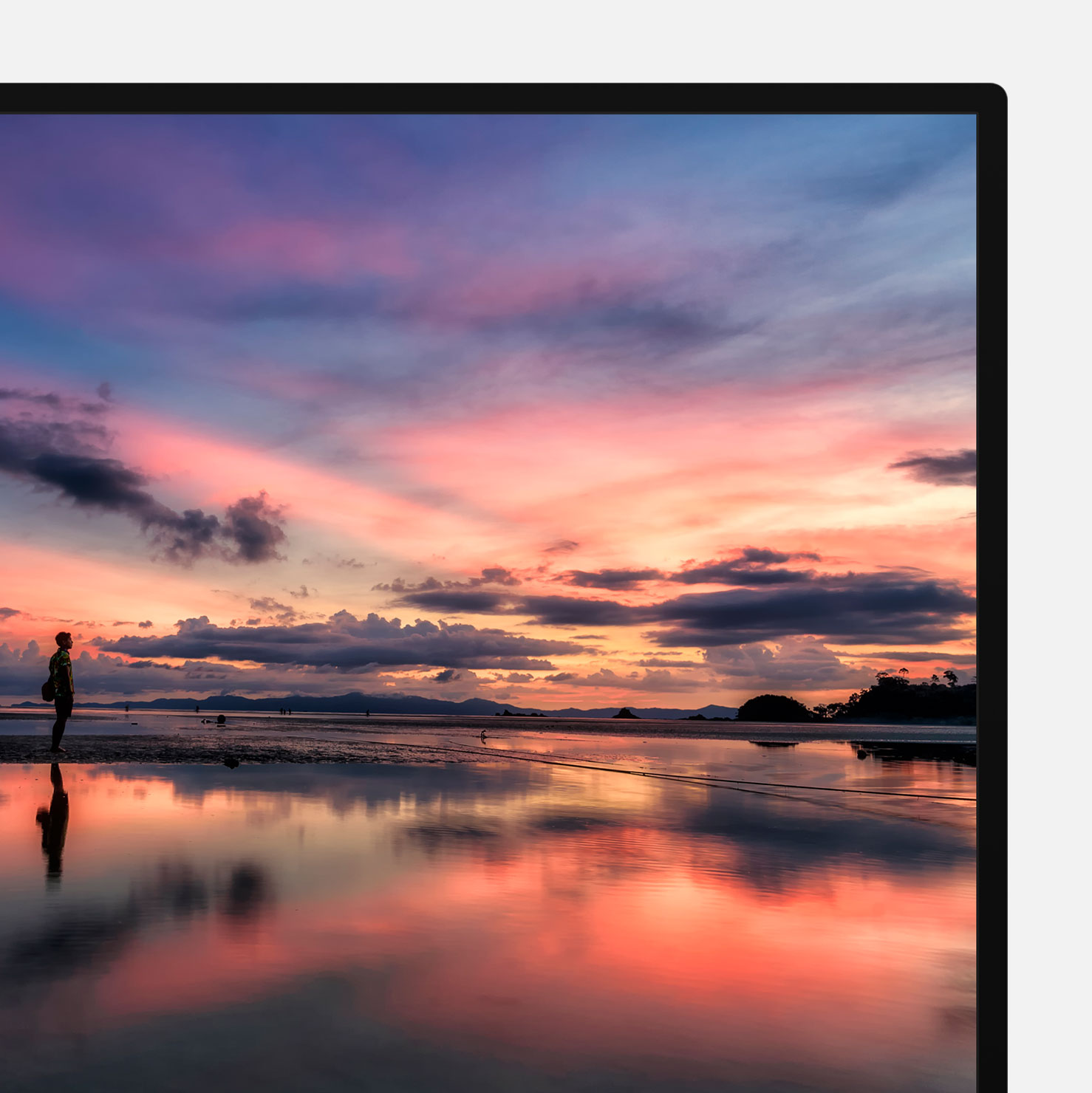
Source: Apple
Now let’s talk XDR, or Extreme Dynamic Range. This is Apple’s upgraded High Dynamic Range, which is better known as HDR. HDR is the contrast between what your eyes see between brightness and darkness. Darkness is extremely difficult to produce well in a display, so therefore, High Dynamic Range was created. This enables the displays to show darkness in a clear and detailed way. Apple have invented new backlighting technology which enables their new version of HDR called Extreme Dynamic Range, or for short, XDR. To make XDR work, the Pro Display XDR produces 1000 hits constantly and at its peak, 1600 nits. This delivers contrast between the brightest colours and lights and the darkest of colours. This therefore enables a 1,000,000:1 contrast ratio and XDR.
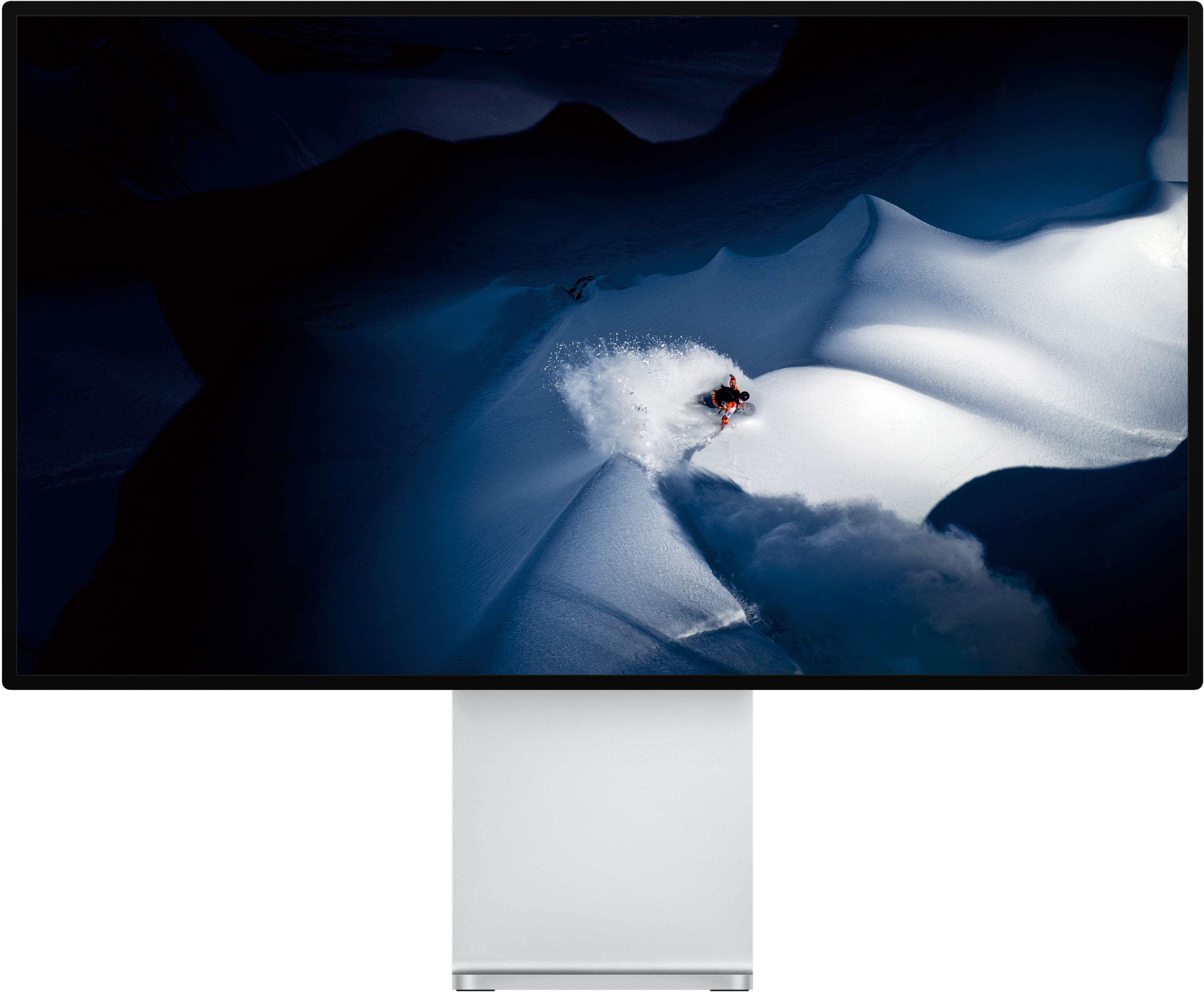
Source: Apple
The Display is using the P3 Colour Gamut and True 10-bit colour. Both these enable the Pro Display XDR to produce over 1 billion colours. According to Apple, the Pro display uses “state-of-the-art calibrations and sophisticated algorithms” ensure that you get the highest quality colours. This display also uses True-Tone, which is when the lighting around you affects the way colours are shown on the screen. The Pro Display XDR has dual ambient light sensors on the back and front of the monitor. For photographers and video-editors, they may hate this. Luckily, you can disable it.

Source: Apple
The display is powered by LED and using advanced LED technology, light shaping, and image processing, the Pro Display XDR reduces blooming, which is a glow caused by bright colours next to dark colours. There are 576 blue LEDs, which are controlled by twelve controllers that modulate each LED so that the screen can offer areas of extreme darkness and other areas of extreme brightness. Each LED has a reflective layer, a customised lens, and a optimised reflector. According to Apple, this process is entirely unique to Pro Display XDR. The light is reflected, mixed, and shaped between two layers to minimise blooming. Also, this may sound super weird, but this display is actually powered by a chip. The Timing Controller (TCON) chip uses and algorithm specifically created to analyse and reproduce images. This same chip also controls LED at over 10 times the refresh rate of the LCD itself, which reduces the blooming effect and blooming.
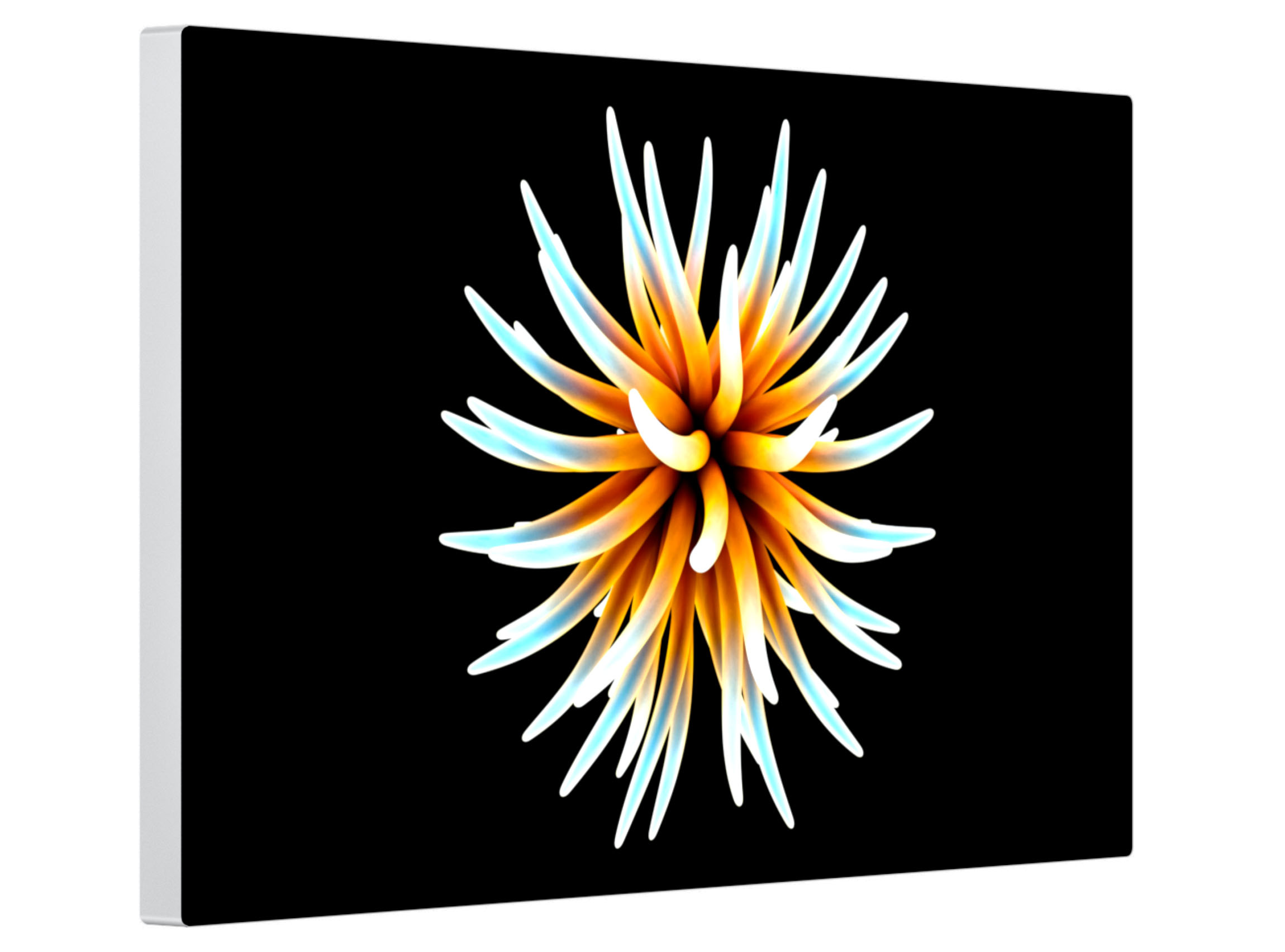
Source: Apple
Of course, due to this size of this display, the glare off the screen is bound to be an issue. According to Apple, this is something we do not have to worry about. The Pro Display XDR is using something Apple call “nano-texture glass” which is a matte coating etched in the surface of the glass at nanometer level that is an optional purchase. This means that when the light hits the display, it actually disperses so the user practically notices it. I have found reflectivity relatively okay on my MacBook Pro (provided I’m not in the sun), so I don’t really know how Apple could improve on that design. Still, I’m curious.

Source: Apple
Design – absolutely gorgeous
Of course, this display is something else in terms of design. It’s designed to look like it’s bigger, cooler, older brother – the Mac Pro. But that’s not the only reason. The cheese-grater design at the back of the Pro Display XDR is designed to allow air to the system as a monitor this powerful would get pretty hot. This also acts as a heat sink and enables fast cooling, which allows the Pro Display XDR to keep up that a super powerful 1600 nits.
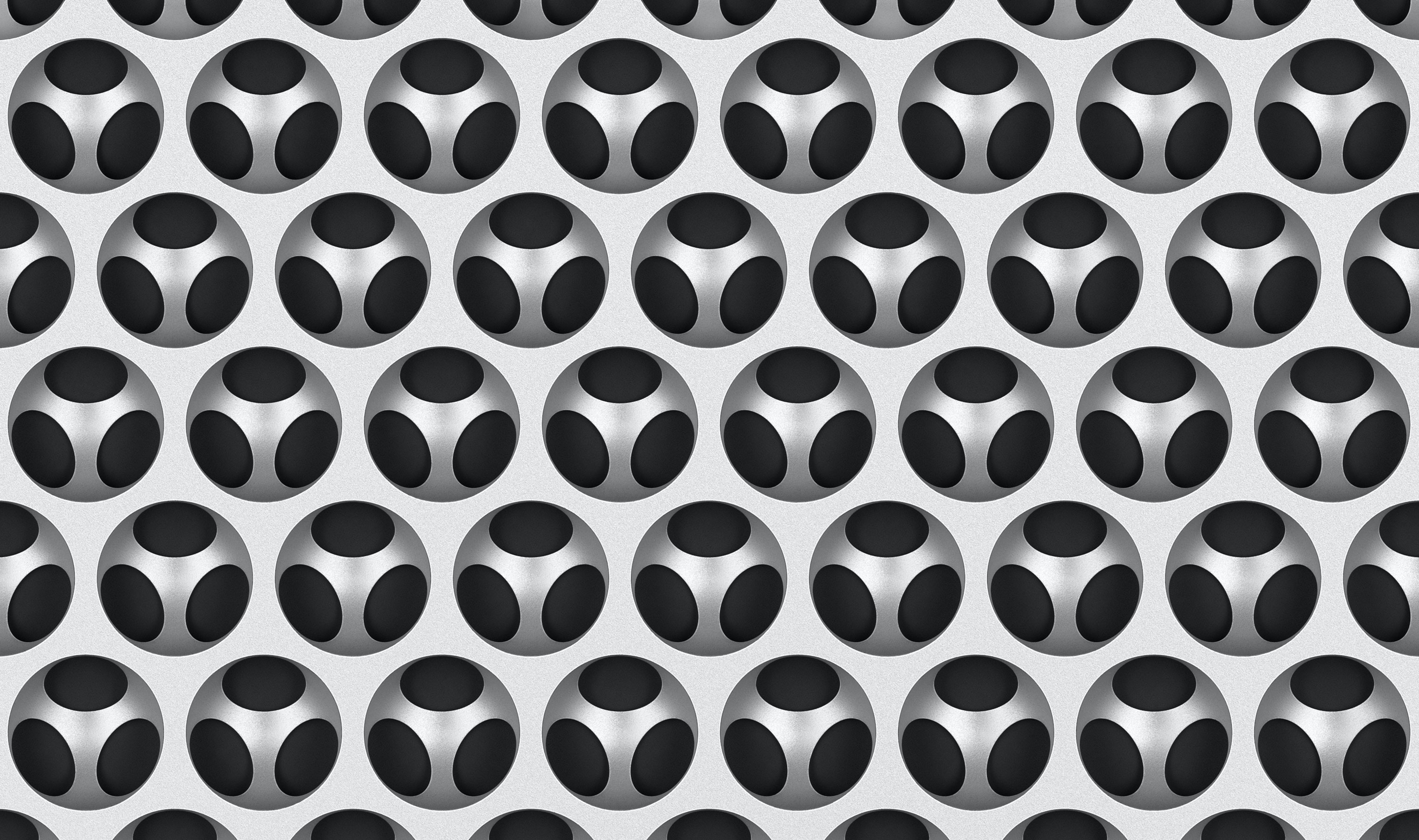
Source: Apple
Of course, some people love to work in portrait, too! Don’t worry, Apple has you covered. With the Pro Display XDR, you can have the display in either horizontal or vertical. You can also adjust the height, tilt and rotation.

Source: Apple
This is all made possible with the Pro Stand, the extra stand that is available as an optional purchase with the Pro Display XDR. With the Pro Stand, you can actually detach and re-attach the Pro Display XDR from the stand. There are magnets to ensure the display stays on, and according to Apple, when you go to re-attach the display, these magnets will guide the display back into the correct housing. Alongside this, you can get an optional VESA Mount Adapter for the Pro Display XDR.
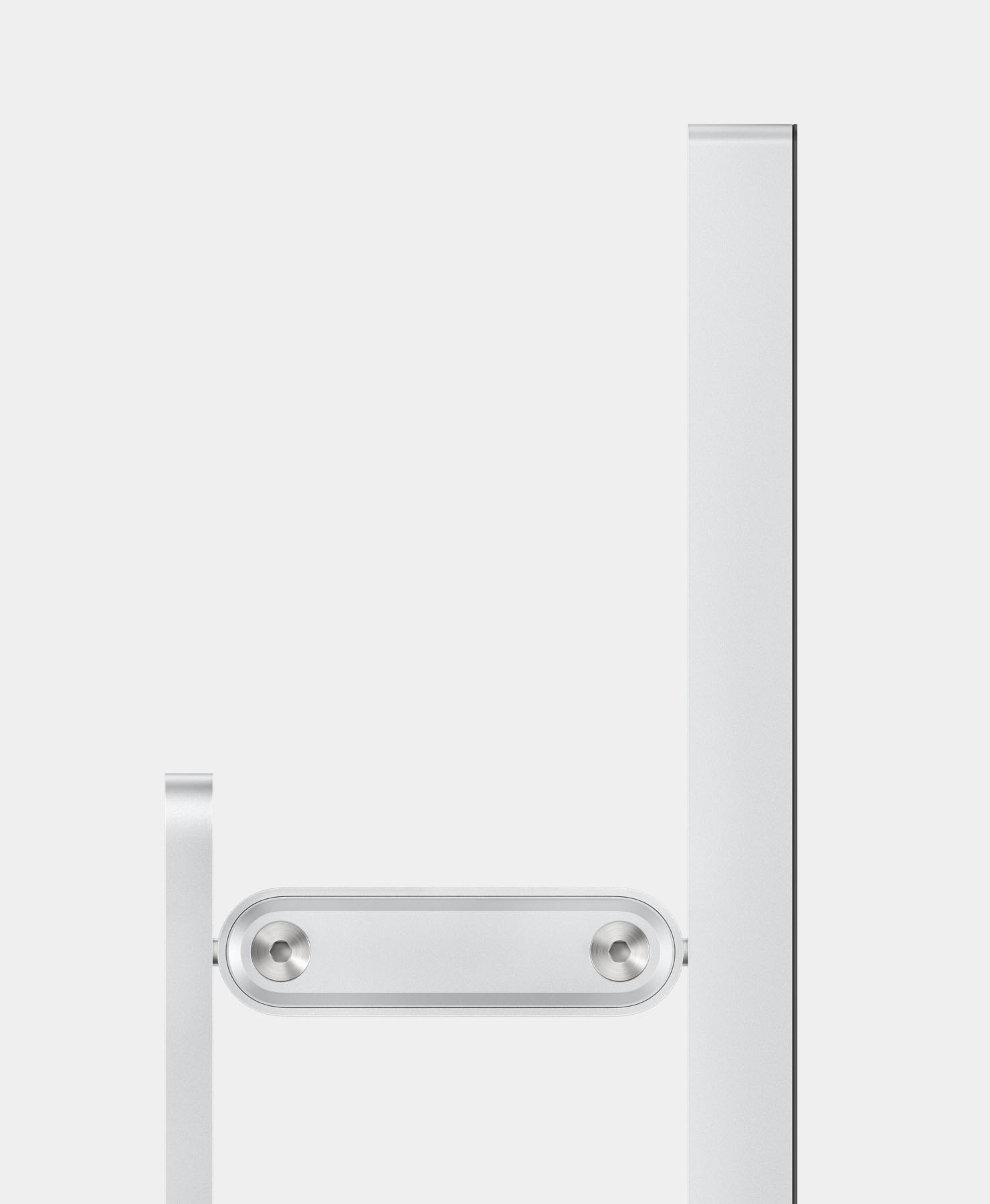
Source: Apple
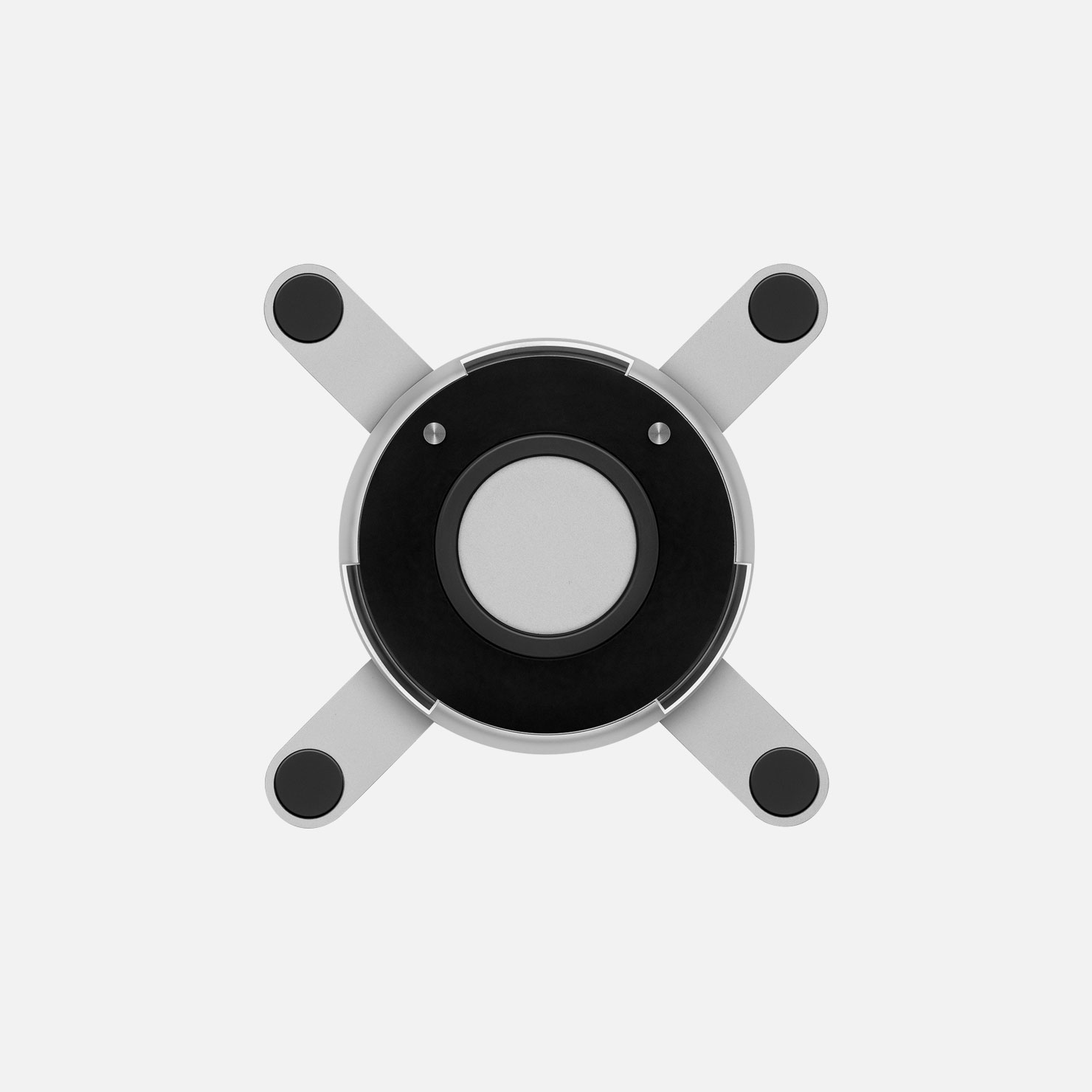
Source: Apple
Price – the killer of something incredible
As with nearly every cool, innovative, and useful technological product that there has ever been, price is the killer of the Pro Display XDR. The extras kill it even more so.
The Pro Display XDR, without the stand (yes, the Pro Stand comes separate) and the nano-texture glass, will the $4,999. If you decide to get it with the nano-textured glass, that will be an extra $1,000, which will make the cost of just the Pro Display XDR $5,999. Both options exclude the Pro Stand and the VESA Mount Adapter.
Now, the Pro Stand. This is extra from the Pro Display XDR, which makes me laugh because all I can picture is this random screen lying on the ground or flopped up on a table because the stand for it is extra. Anyway, the Pro Stand is $999 extra on top of the cost of the Pro Display XDR mentioned above. This means that if you get the Pro Display XDR with the Nano-texture glass, which is $5,999, and the Pro Stand, which is $999, the total price will be $6,998. Wow.
And that’s not all. Don’t forget about the optional VESA Mount Adapter, which is nowhere near as bad as the Pro Stand. This comes in at $199 on top of the Pro Display XDR.
Conclusion
That’s the Pro Display XDR. Yes, there’s a lot in it, but this really is an incredible display and it’s very innovative! The price, like I said, kills it, but for many pros, this will be the perfect display for them and will have no problem paying the cost of the display. I’m super curious to see how this display does on the market. Is the cost too much to justify the technology, or is it just the right amount to pay for this tech. As Apple drew attention to at the stage, a display of the equivalent spec with features such as XDR, 6K, and more missing, would be around $42,000. Sony has one of these displays, and you can view it here (this is the one Apple showed on stage). That really puts things into perspective.
Anyway, let me know if you’re thinking of getting the Pro Display XDR, the Pro Stand, or the VESA Mount Adapter!
Thanks for reading!